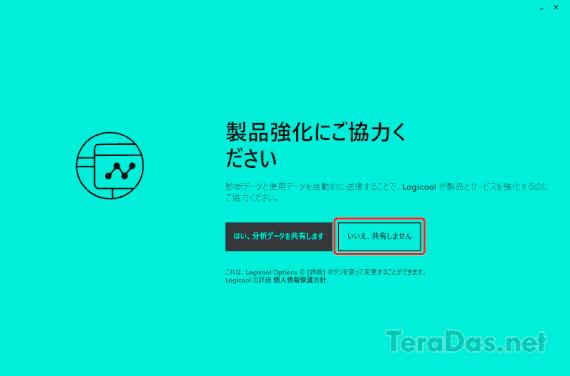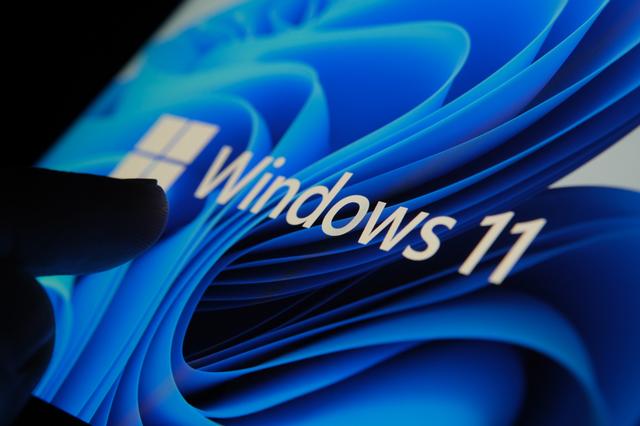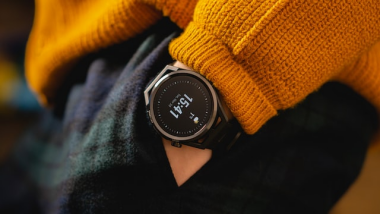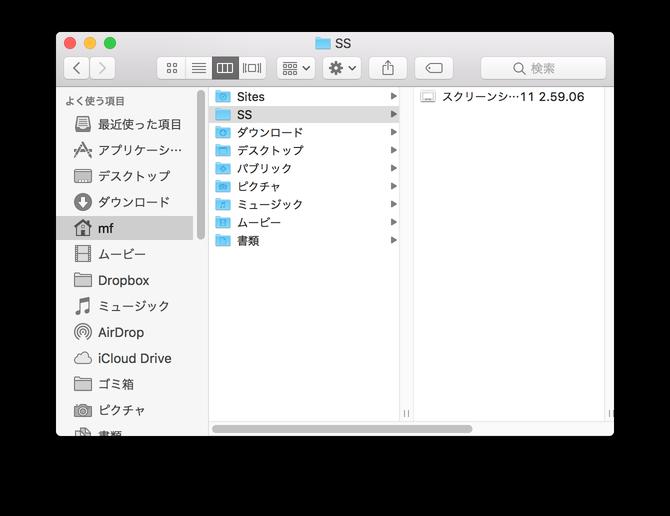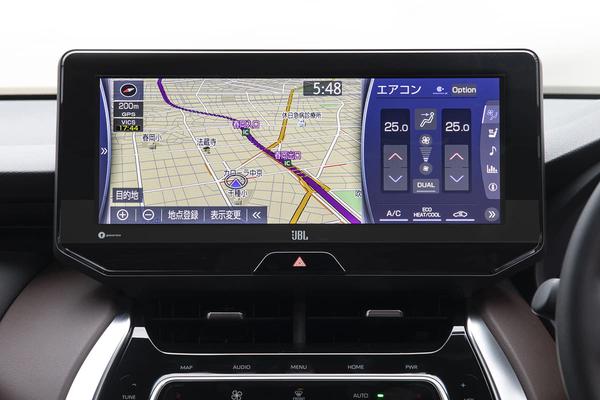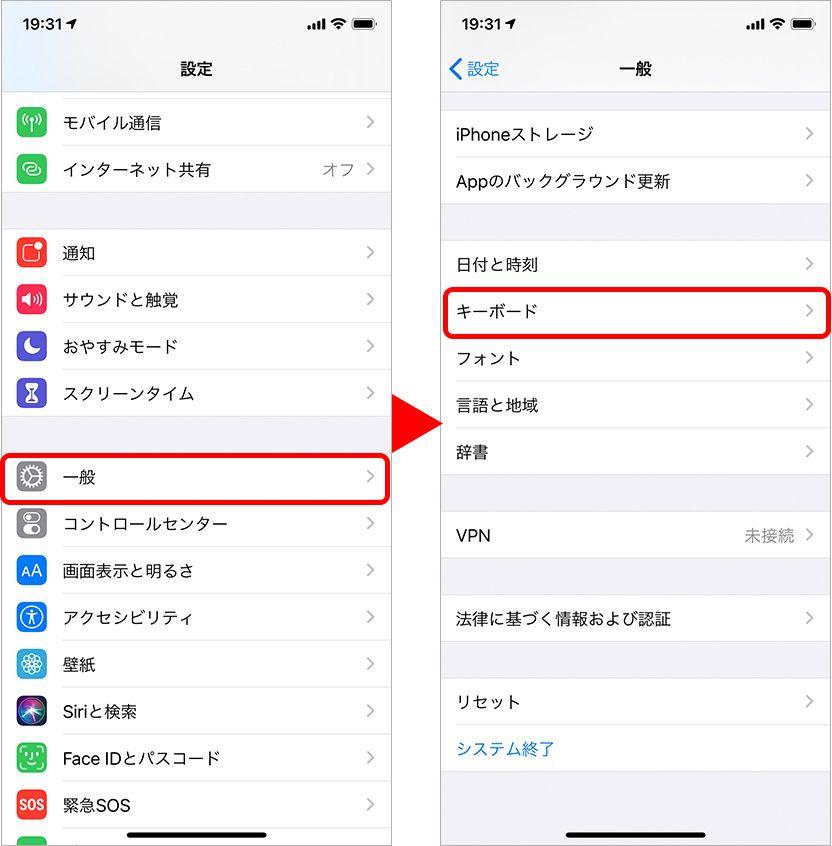"Three challenges" that prevent retailers from becoming omni-channel
In this series, we will discuss the "smartphone now" in the advertising and marketing fields, including the promotion of apps in companies, technical operational advertising that occupies an important position in smartphone advertising, and the market environment such as media and app markets. I will tell you.
There is an invisible wall that prevents omni-channelization
Promote "Omni-channel" that aims to expand sales by linking all customer contact points regardless of whether it is online or real, and "O2O (Online to Offline)" that encourages customers to visit stores from the Internet, and promotes actual stores and EC sites. As we strengthen the cooperation between the two, we will find that there are various issues. It is also important to be able to smoothly introduce store operations by utilizing new online services, to share EC site information and points with actual stores, and to link purchasing data, but the more fundamental issues are major. There are three parts.
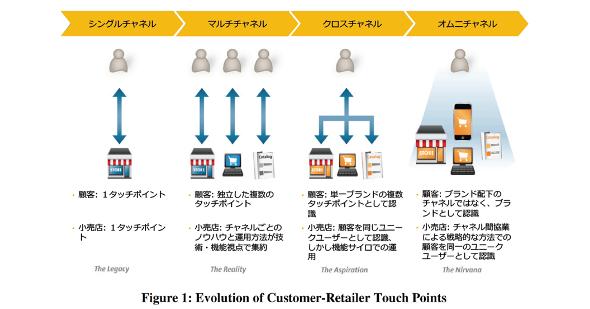
First of all, when the product is introduced to the customer at the actual store, but the purchase route is the EC site, the sales staff is created a mechanism for correct personnel evaluation. Normally, if a product is sold at a physical store, it is evaluated as the performance of that person or that store. However, suppose that when you introduce a product at a physical store, you guide the EC site to a customer who is wondering whether to buy the product or who wants to buy it but is in a hurry and does not have time. As a result, if a product is purchased on an EC site, it will lead to sales and improve customer satisfaction.
We should provide services that meet customer needs by making the best use of the functions of physical stores and EC sites. However, there is still no system in place for correct personnel evaluation when the sales channel is an EC site. For this reason, it is not uncommon for physical stores to be unable to cooperate with their own EC or online shopping malls. As a response to this point, the salesperson gives the customer a memo that describes the product number and the salesperson number as a set, and later searches for the product based on the product number on the EC site and asks them to purchase it. Therefore, it is possible to evaluate the sales staff.
Next, it is necessary to convey the merits of mutual cooperation between the actual store and the EC site to the commercial facilities where the actual store is opened. There is no problem with roadside stores because even if the sales channel is an EC site, it will lead to their own sales. However, it is difficult to build a win-win system for stores that are open in outlets, shopping centers, department stores, etc., because if the sales channel becomes an EC site, it will be difficult to lead to sales to the entire commercial facility. .. In addition, fashion buildings, station buildings, etc. may have their own EC, so when introducing an EC site, it is difficult to decide whether to introduce the company's EC or the store's EC.
In order to deal with this point, it is necessary to concretely explain the merits, such as the annual purchase amount of customers who purchase at both physical stores and EC sites is higher than that of customers who use only physical stores. These issues may seem out of the business as an agency or agency whose main business is advertising agency business, but they are issues that have become apparent while taking charge of various projects.
Breaking away from price cuts aimed at attracting customers
Finally, in order to make the best use of smartphones in physical stores, it is necessary to make the use of smartphones in the purchasing process a habit. Trend words related to O2O and omni-channel are widespread, but "showrooming" is a representative model number product that you can check word-of-mouth information on your smartphone while touching the real thing at the store and purchase it at the EC site instead of the store. The main focus is on consumer electronics mass retailers that handle certain home appliances, and the impact on general supermarkets, convenience stores, and apparel is still limited.
On the other hand, eating out at family restaurants, fast food, izakaya, etc. is becoming a habit of presenting coupons at physical stores to receive discounts, but there are still many scenes and situations where smartphones are used at sales floors other than coupons and payments. It seems to be few.
O2O is often thought of as sending customers to stores using coupons as an activity such as sales promotion and marketing conducted online, but it is not possible to build an omni-channel by itself. Recently, even at chain stores that are active in issuing coupons, there are many opinions that "I want to stop coupons if possible, but I can't." This is because such financial incentives are escalating. Once you get used to being 10 yen cheaper, the 10 yen depreciation will be the normal price. When you put it back, it's the same as a price increase. So I can't stop it. As price cuts become normal, companies will eventually become exhausted.
